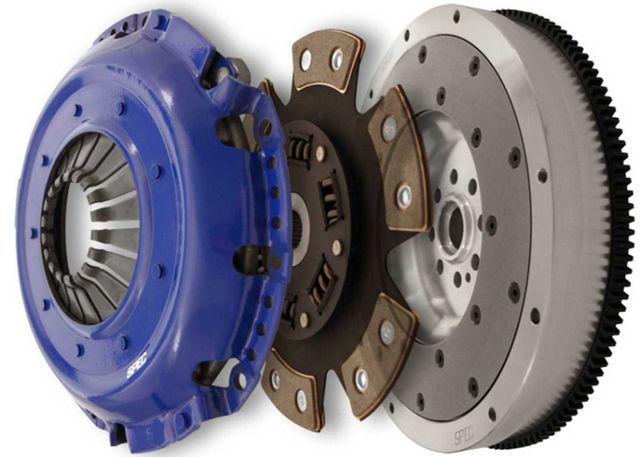Industrial clutches are designed to transmit power from a motor or generator to another piece of machinery. They are designed to withstand heavy shocks and torsional vibration. These industrial clutches are best used in heavy-duty applications where large inertia loads are present and quick starts are needed.
Pneumatic
Pneumatic industrial clutches are available in a variety of configurations for different applications. They are available as fixed or adjustable torque clutches and can have an operating life of up to 30 million revolutions. They are suitable for low-speed, cyclic, and high torque applications.
Electric and mechanical clutches are also available. Some are water-cooled, while others are air-cooled. They can be foot, C-face, or PTO mounted and come with power-coated cast iron housings. Many of these models also feature powder-coated clutch linings. Most models are available with a warranty of up to a year.
Pneumatic clutches are available with a variety of features, including remote starting systems and push-to-start systems. They can also be serviced and repaired. They also have calibration capabilities and are available for many different industries.
Hydraulic
Hydraulic industrial clutches are a versatile way to control the speed and torque of rotating machinery. These clutches come in a variety of sizes and are ideal for applications ranging from pumping to material handling. They are often used in bridges, dams, elevators, and forestry applications, as well as in mining and wastewater treatment.
These industrial clutches are available in two types. Centrifugal clutches are made from cast iron, ductile iron, gray iron, or steel. They are available in speed ranges from 600 to 3,600 rpm and are suitable for diesel or gas engines. They can be customized and manufactured to meet the specifications of the client. Small to large production runs are available, and inspection and maintenance services are offered.
The torque rating of a hydraulic clutch must meet the application’s torque requirement. The power and speed rating should match the torque of the machine. The speed rating refers to the maximum rotary speed of the clutch. The maximum pressure of a hydraulic clutch is also important. Another consideration is the clutch shaft configuration. There are two options: in-line clutches and out-of-line clutches. The latter allows for smaller distances between the drive shaft and load shaft.
Centrifugal
Centrifugal industrial clutches are designed for smooth engagement. They use the centrifugal forces of the prime mover to transfer torque from the engine to the load. The design of centrifugal clutches allows for easy replacement of the wearing parts. They also allow for control over the engagement speed of rotary equipment.
Centrifugal industrial clutches are commonly used in industrial applications. These types of clutches have many benefits and are an integral part of machinery in almost every industry. They are ideal for starting power equipment safely. They are available in both mechanical and hydraulic versions. To learn more about the different types of industrial clutches, contact a distributor.
Sprag
A Sprag is an industrial clutch designed for use in a wide variety of machines, from cars and trucks to helicopters. Several patented features enable the Sprag to function in extreme environments. One of these features is a built-in overload protection system. With this protection, the Sprag can withstand linear vibration and high torque overloads.
One use for a Sprag clutch is as a backstopping mechanism in an inclined conveyor. Loaded conveyors frequently attempt to run backward when their driving mechanism stops. A Sprag clutch’ outer element is connected to the conveyor using a torque arm. It turns with the forward motion of the conveyor and engages when the conveyor tries to back up.





